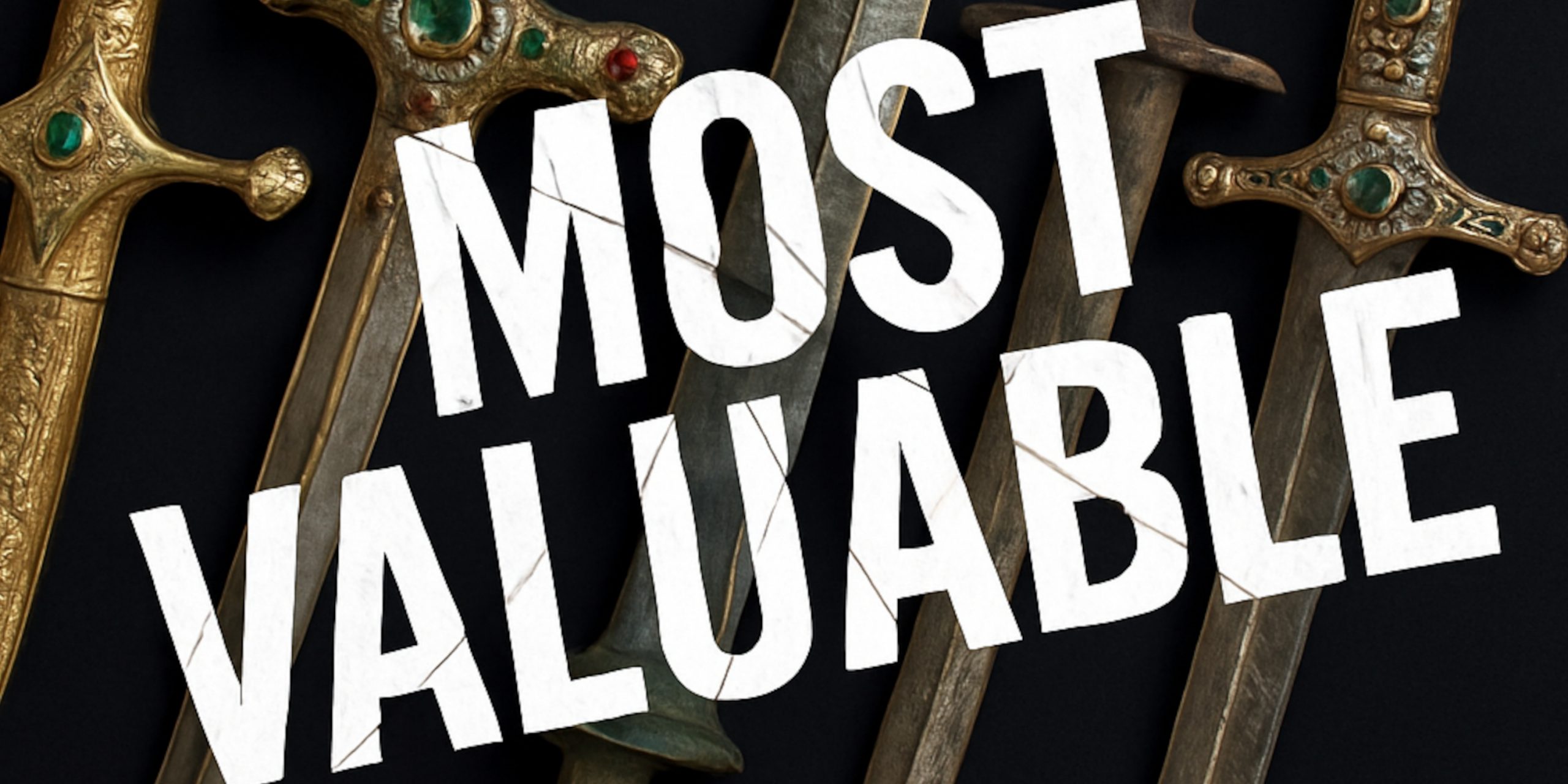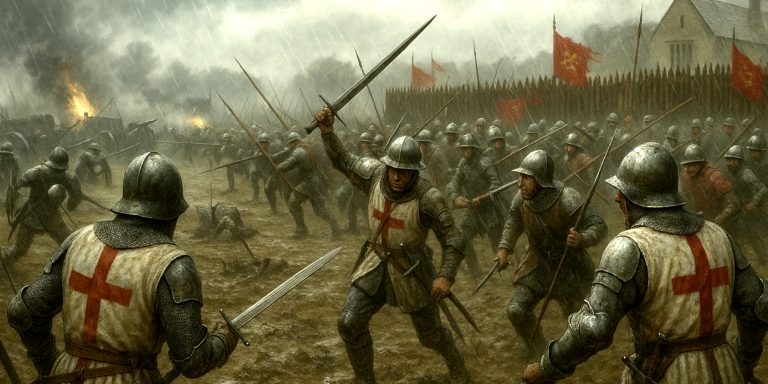
Five Priceless Blades That Sit Beyond Money
There is something magnetic about a sword that survives long enough to become a witness rather than a weapon. A rare few carry such weight in history, ritual or craftsmanship that trying to assign a price to them feels a little crude, like haggling over a cathedral. As a historian, I find these pieces unsettling in the best way. You do not look at them so much as feel their presence, as though they remember things humanity prefers to forget.
Below are five swords that rise above collectors’ markets and auctions. Each is so bound to cultural memory that they have passed into the category of objects that simply cannot be bought.
Topkapi Palace Treasury Sword
Ottoman Empire
The sword kept in the Imperial Treasury at Topkapi Palace in Istanbul is a triumph of courtly power. Gold filigree, emeralds and diamonds sit across the hilt in a way that blurs the line between weapon and regalia. It was carried by sultans during key ceremonial moments, a reminder that authority in the Ottoman world was never a purely administrative affair. The blade carries centuries of imperial weight, and every time I have studied its images I am struck by how assured it is, as if aware that it served dynasties who ruled continents.
The Sword of Goujian
Ancient China
Discovered in a waterlogged tomb in Hubei in the mid twentieth century, this bronze jian emerged in astonishing condition. The blade still has its patterned texture, and the fittings remain crisp enough to feel almost modern. It was likely made for King Goujian of Yue, a ruler who knew both the humiliation of defeat and the satisfaction of triumph. When I first read the excavators’ notes, I remember pausing at the idea that a sword could sleep untouched for two thousand years yet greet the modern world as if it had been waiting for us.
The Sword of Saint Peter
Vatican City
The Vatican holds a legendary sword traditionally linked with Saint Peter. Whether the attribution is literal or symbolic is beside the point. The value here is devotional, cultural and emotional rather than financial. Pilgrims and scholars approach it not for its metallurgy but for the story it represents, a thread that links early Christian history with the long ritual life of the Church. As a historian, I find these pieces particularly moving because they show how an object can gather power simply by anchoring a community’s identity.
Joyeuse
Sword of Charlemagne, France
Housed in the Louvre, Joyous is tied to Charlemagne in legend, coronation ritual and royal ceremony. Medieval sources describe it as a blade forged with ancient relic pieces, though the physical sword before us is the result of centuries of replacements and refurbishments. It is a layered artefact, more like a manuscript that has been recopied again and again. Its worth lies in the continuity it represents. Every French coronation from the twelfth century onward added another layer of meaning, turning Joyous into a living thread of national memory.
The Talwar of Tipu Sultan
India
Tipu Sultan’s arms are among the most fiercely prized objects in South Asian history, and his personal talwar sits at the heart of that fascination. Some of his weapons have fetched astonishing sums at auction, but his finest ceremonial blades are essentially priceless. The one held in British collections carries gold inlay, tiger motifs and a presence that matches the reputation of the man. Tipu was a ruler who fought with absolute conviction, and that energy seems to linger in the metal. When I teach about him, this sword is the object students always remember.
The Seven Swords Takeaway
Swords like these are not expensive, they are untouchable. They carry the imprint of rulers, saints and entire cultures, and no private buyer could ever hope to compete with the weight of heritage that protects them. Each blade is a reminder that human hands once shaped metal not only for battle but for meaning. They endure because we keep returning to them, searching their details for some trace of the people who came before us.



